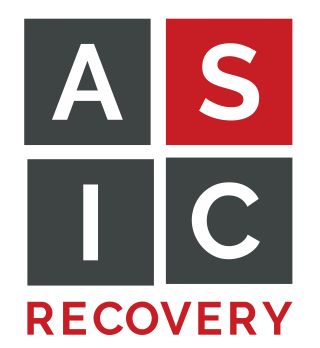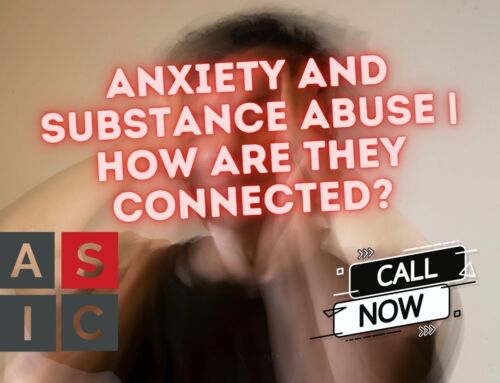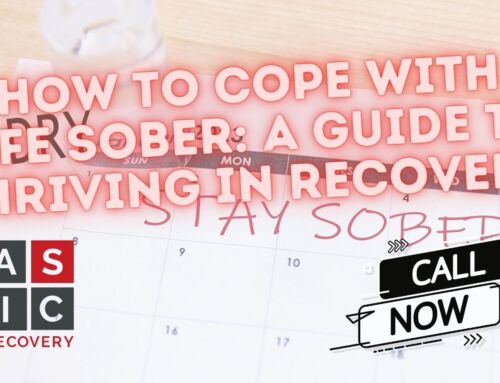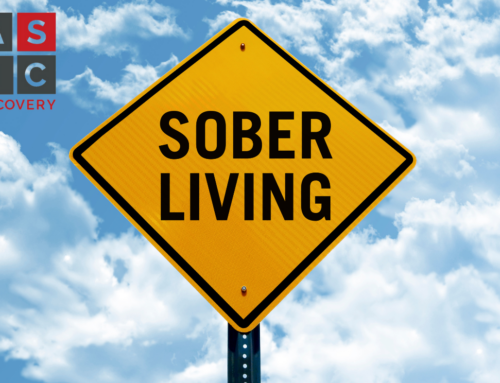Suboxone is a controversial drug in the addiction recovery community as many claim that a person isn’t sober if they are taking suboxone. However, suboxone has saved countless lives and kept many addicts from returning to drugs such as heroin, fentanyl, and oxycodone.
The opioid epidemic continues to ravage society with no real end in sight. It may sound pessimistic to say this, but it’s true. In the United States, between April of 2020 and April of 2021, estimated deaths from opioid overdoses rose from 56,064 to 75,673. The misuse of heroin along with many prescription painkillers is not unique to any demographic.
The disease of addiction doesn’t discriminate. To make matters worse, many drugs such as heroin are being mixed with fentanyl and sold on the street. Even pills (like Xanax) that look like they came from a pharmacy are being illegally pressed and mixed with fentanyl as well.
However, there is hope for those who are struggling with an addiction to opiates. Part of this hope is medically-assisted treatment (MAT). MAT refers to the use of medications like Suboxone to treat substance abuse disorders. It helps sustain recovery while also preventing overdose.
Use of these medications is approved by the Food and Drug Administration (FDA), and they are often used in tandem with clinical therapy.
MAT medications can help normalize a person’s brain chemistry while reducing their physiological cravings. One of the most effective MAT medications for someone with opioid use disorder is suboxone. Suboxone can help ease the pain of withdrawal from opiates such as heroin and is often used at detox and/or inpatient treatment facilities.
In this article you’ll read about:
- What Suboxone is
- Why Suboxone helps someone in recovery
- Why Suboxone is controversial
- How Suboxone is only one piece of the puzzle
Suboxone: Buprenorphine and Naloxone
Suboxone consists of a combination of buprenorphine and naloxone. This combination makes a medication that is specifically tailored for those struggling with opioid addiction.
Buprenorphine is a partial opioid agonist. It binds to a person’s opioid receptors just as any other opioid would. The effects of buprenorphine are close to that of other opiates such as heroin or fentanyl, except they are weaker. The intent of buprenorphine is to relieve a person’s craving for stronger opiates.
Naloxone is an opioid antagonist. Its purpose is to reverse the effects of an opioid overdose. Naloxone can help restore someone’s breathing if they’ve overdosed. It can be used on its own in the form of an injection device or nasal spray. If you or someone you know is misusing opiates, it’s recommended that you keep it in your house.
The buprenorphine helps with cravings by producing mild effects while the naloxone cancels out the effects of any other opiate like heroin. Basically, if you take Suboxone, you can’t get high on other opiates while it’s in your system. This is a great deterrent for people struggling with an addiction to opiates.
There are three forms that Suboxone comes in:
- Sublingual tablets
- Sublingual film strips
- Buccal film strips
Suboxone doses are as follows:
- 2 mg buprenorphine and 0.5 naloxone
- 4 mg buprenorphine and 1 mg naloxone
- 8 mg buprenorphine and 2 mg naloxone
- 12 mg buprenorphine and 4 mg naloxone
Why Suboxone is Helpful
Once a person is addicted to opiates, their life becomes consumed by them. Let’s take Vicodin for instance. You’re prescribed Vicodin for back pain and start taking them daily. Not only does your back pain subside, you feel euphoric when you take it.
You decide to start taking more than you are prescribed, and when your doctor won’t prescribe you more, you find that you’re in serious trouble. You begin to go through withdrawal, which feels like the worst flu you’ve ever had.
In order to stop feeling sick, you find pills on the street or even start using heroin. You then reach a point where you truly want to stop, but the pain of withdrawal is so bad you can’t even make it a week without using opiates.
This is a very common scenario.
How does Suboxone help? When you take Suboxone, your withdrawal symptoms are considerably less severe. You may still be uncomfortable, but you’ll find it much more manageable than going “cold turkey.”
Maybe you couldn’t make it 3 days without getting high, but with the help of Suboxone, you find yourself able to get over this hump. This can greatly increase your chances of staying sober.
Some people only use Suboxone to get them through the detox stage. However, some people choose to stay on Suboxone long-term. With the help of a doctor, you can decide whether or not to stay on Suboxone for an extended period of time.
It’s highly recommended that Suboxone be used in conjunction with recovery activities, such as therapy, group counseling, intensive outpatient programs (IOP), and 12 step meetings.
Positive effects you might experience on Suboxone can include:
- Pain relief
- An overall sense of well-being
- Less stress
- Fewer thoughts of wanting to return to active addiction
Why Suboxone is Controversial
Like methadone, taking Suboxone is a controversial topic in the recovery community. Some people will say that anyone who’s taking Suboxone is not sober. This is because Suboxone technically is an opiate, and it’s a controlled substance. It produces an effect that is similar to other opiates without the intense “rush.”
Other addicts in recovery may tell someone on Suboxone to stop taking it. This can be very dangerous. People attending recovery meetings should not be giving medical advice about what medications you should or should not take. What medication you take should be between you and your doctor.
There is no shame in taking Suboxone long-term. Opioid relapses kill people. If Suboxone keeps you from doing a dangerous opiate that could result in an overdose, who is to judge? Suboxone prevents overdoses, plain and simple.
Suboxone is Just a Piece of the Puzzle
Just taking Suboxone by itself is not always sufficient to help a person achieve long-term sobriety. Addiction is a disease that affects a person physically, mentally, and emotionally.
Detox, inpatient treatment, IOP, sober living, and recovery meetings are other facets that when used in conjunction with Suboxone are a recipe for success.
IOP at ASIC Recovery
Are you looking for substance abuse treatment in Texas?
At ASIC Recovery, our Intensive Outpatient Program (IOP) is dedicated to helping individuals develop healthier coping skills and build a recovery supportive network in all aspects.
Click to learn more.



